Zebrune Shallot Seeds
$7.50 Original price was: $7.50.$3.10Current price is: $3.10.
In stock
Sweet, mild flavor from this eschalion (banana) type shallot.
Resists bolting and stores well!
Genus: Allium
Species: cepa
Variety: Zebrune
Item Form: (P) Pkt of 200 seeds
Days To Maturity: 100
Fruit Color: Brown
Habit: Upright
Seeds Per Pack: 200
Plant Height: 12 in – 24 in
Plant Width: 4 in – 8 in
Additional Characteristics: Easy Care Plants, Edible, Fragrance, Heirloom, Pest Fighter, Rose Companions
Foliage Color: Dark Green
Harvest Season: Late Summer, Mid Summer
Light Requirements: Full Sun
Moisture Requirements: Moist, well-drained
Resistance: Cold Hardy, Disease Resistant, Pest Resistant
Soil Tolerance: Normal, loamy, Sandy
Uses: Beds, Containers, Cuisine, Outdoor
100 days from setting out transplants.
Once you’ve tasted a shallot fresh from the soil of your own backyard, you’ll never go back to those overpriced supermarket varieties! Zebrune is a classic French shallot, an heirloom that continues to delight as new varieties come and go. It’s pinkish-brown with a mild, sweet flavor, it stores well, and it is destined to become your favorite new veggie in the garden.
The French name of Zebrune is “Cuisse de Poulet du Poitou,” which translates as “chicken leg.” (Why does everything sound more elegant in French?!) And these mid-sized shallots really are a bit drumstick-shaped, bulging in the middle and narrower on one end. Zebrune is an eschalion or banana type shallot with thick, meaty bulbs. You’ll get an extra slice or two of good eating from each one.
Zebrune is a highly productive plant, reaching 12 to 24 inches high and about 4 to 8 inches wide. (Space transplants about 6 inches apart in the garden.) It resists bolting, making it a good choice for warm climates. And the bulbs store beautifully after harvest, keeping your larder stocked all season.
Zebrune should be started indoors in short-season climates, or if you want the earliest possible crop of shallots. Sow the seeds 4 to 6 weeks before the last scheduled frost in your area. Germination takes anywhere from 4 to 10 days, and is very dependable. (Onions — can’t go wrong!) Transplant the seedlings as soon as the soil is workable in spring.
If you would prefer to direct-sow in the sunny garden, wait until temperatures remain at or above about 55 degrees F. And whether you’re starting the seeds indoors or direct-sowing, plan successive sowings to continue the harvest all season. You’ll love this gourmet treat!
| Weight | 1 kg |
|---|---|
| Dimensions | 1 × 1 × 1 cm |
Be the first to review “Zebrune Shallot Seeds” Cancel reply
Shipping is an additional 15-29 business days depending on location. Shipping time will be provided at checkout.
Returns
If seeds fail to leave China, we will refund your payment 100%. But if seeds fail to reach you due to customs problem on your side which we were not informed in advance, we will not be able to bear any loss, and no refund will be made.
We sell only viable plants seeds online, and test germination of our seeds from time to time. So we will not be able to refund for seeds that clients fail to germinate, unless we are convinced that it's truly problem of our seeds.
———
Please send us an email: [email protected] and be as detailed as possible while filling in the information.
After submission, We will reply to you within 24 hours. Please be patient.
———
CHARGEBACKS & DISPUTES
Please contact us by email before opening a merchant chargeback or payment dispute, as we can generally resolve the issue before that takes place. Any chargebacks and disputes disable our ability to issue refunds or credits due to funds being frozen.
———
REFUND, EXCHANGE AND RETURN
Customers have the right to request a refund/ return/ exchange within 14 days from the delivery date. Our Customer Service team will offer the best solutions for specific situations.
Related products
Onion
Onion



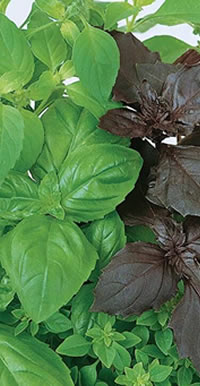
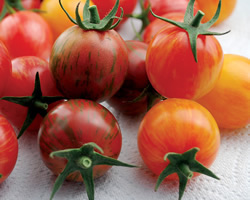
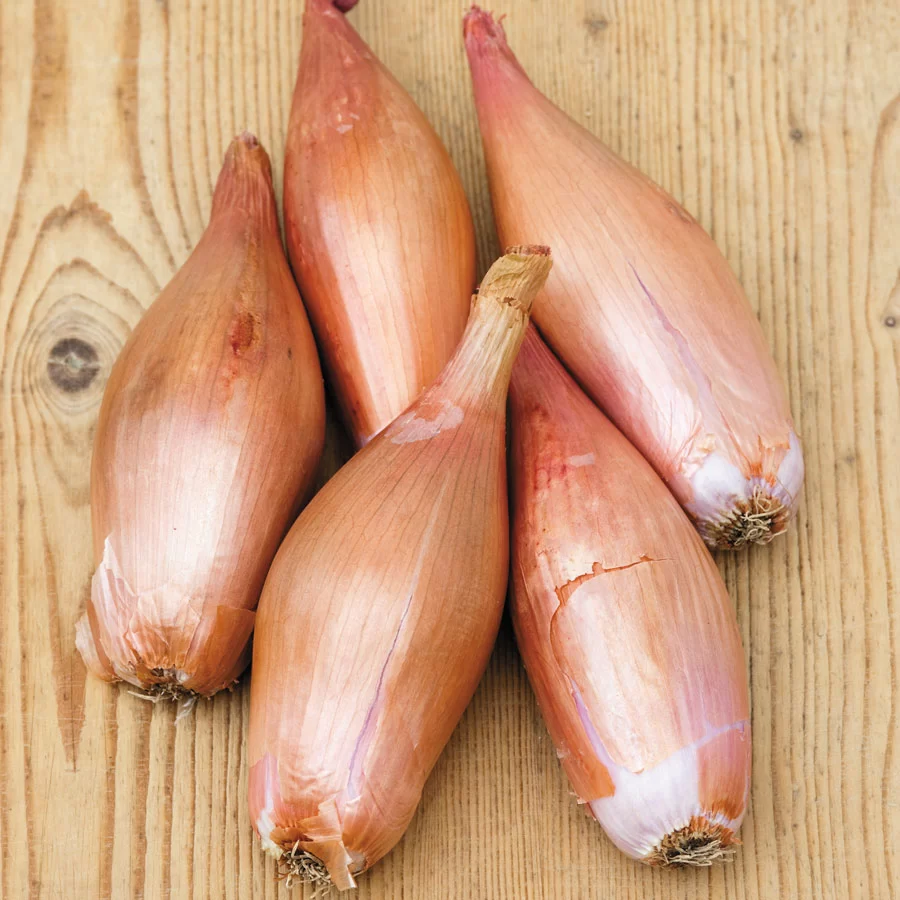
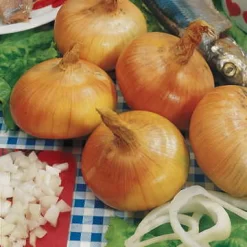
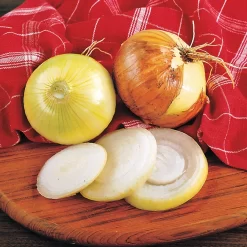
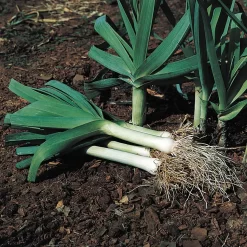
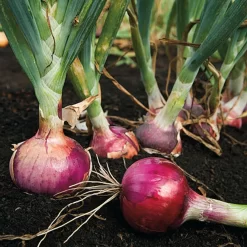
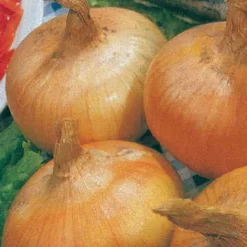
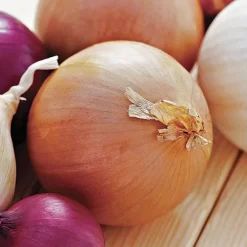
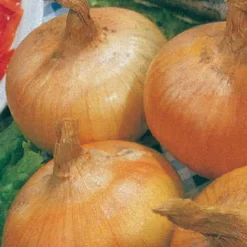
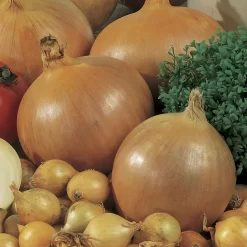
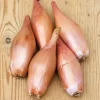
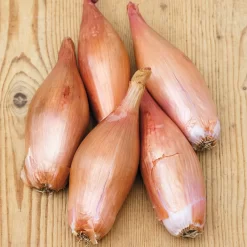
Reviews
There are no reviews yet.